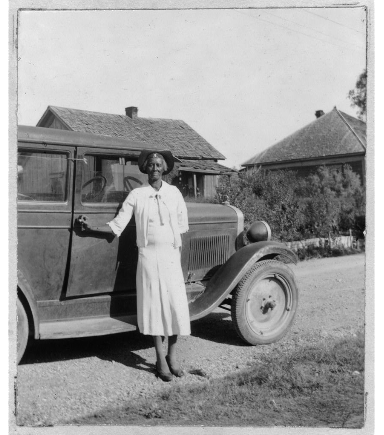“Those who cannot remember the past are condemned to repeat it” — George Santayana
During the Great Depression, the Federal Government instituted a number of programs to provide employment and boost the economy. Perhaps best remembered were the public-works projects like building roads, dams, and bridges that created desperately-needed blue-collar jobs. However, white-collar workers needed jobs, too. The major initiative in this area was the Works Progress Administration’s Federal Arts Project, actually an umbrella organization that included the Federal Art, Music, Theatre, and Writers’ Projects. Together, they had a simple goal: provide employment for writers, artists, musicians, and actors.
Focusing on the writing part, the initial intent of the Federal Writers’ Project was to prepare a geographical-social-historical portrait of the states, cities, and localities of the entire country called the “American Guide.” But in time, the scope broadened to include folklore research, which led to perhaps the Works Progress Administration’s most significant accomplishment: The Slave Narrative Collection.

Library of Congress
The Slave Narrative Collection was compiled in seventeen states from 1936 to 1938 through more than two thousand interviews with former slaves to provide an invaluable picture of life under slavery. Proof of its importance is a recent search for “slave narratives from the federal writers project” on Amazon.com yielded 88 results!
Although this is a bit late for this year’s Black History Month, a trip to the Library of Congress website (https://loc.gov/) will show the way to learning anything you’ve ever wanted to know about what it was like to be a slave. A good place to start is “An Introduction to the WPA Slave Narratives” (https://www.loc.gov/collections/slave-narratives-from-the-federal-writers-project-1936-to-1938/articles-and-essays/introduction-to-the-wpa-slave-narratives/ ).
